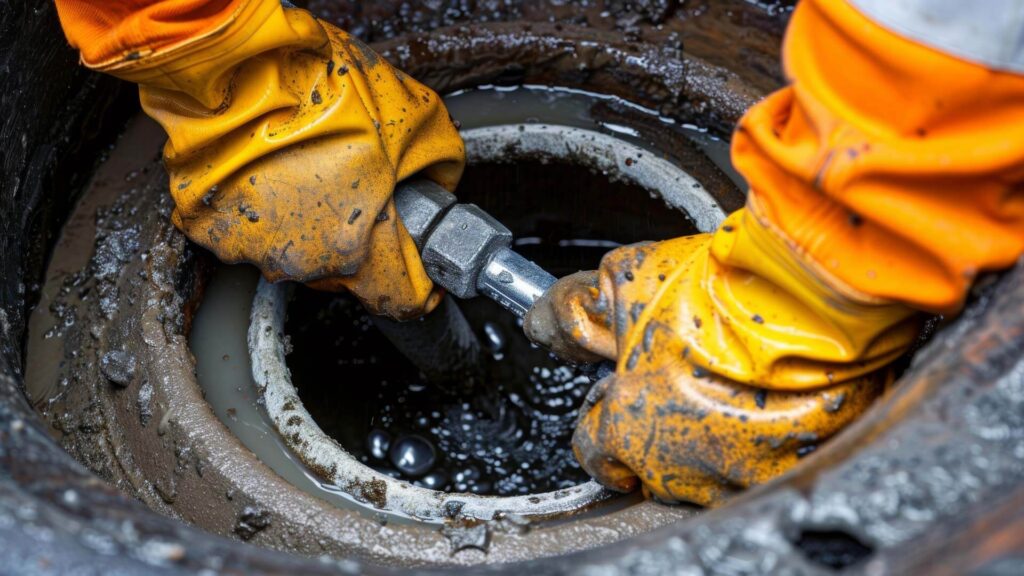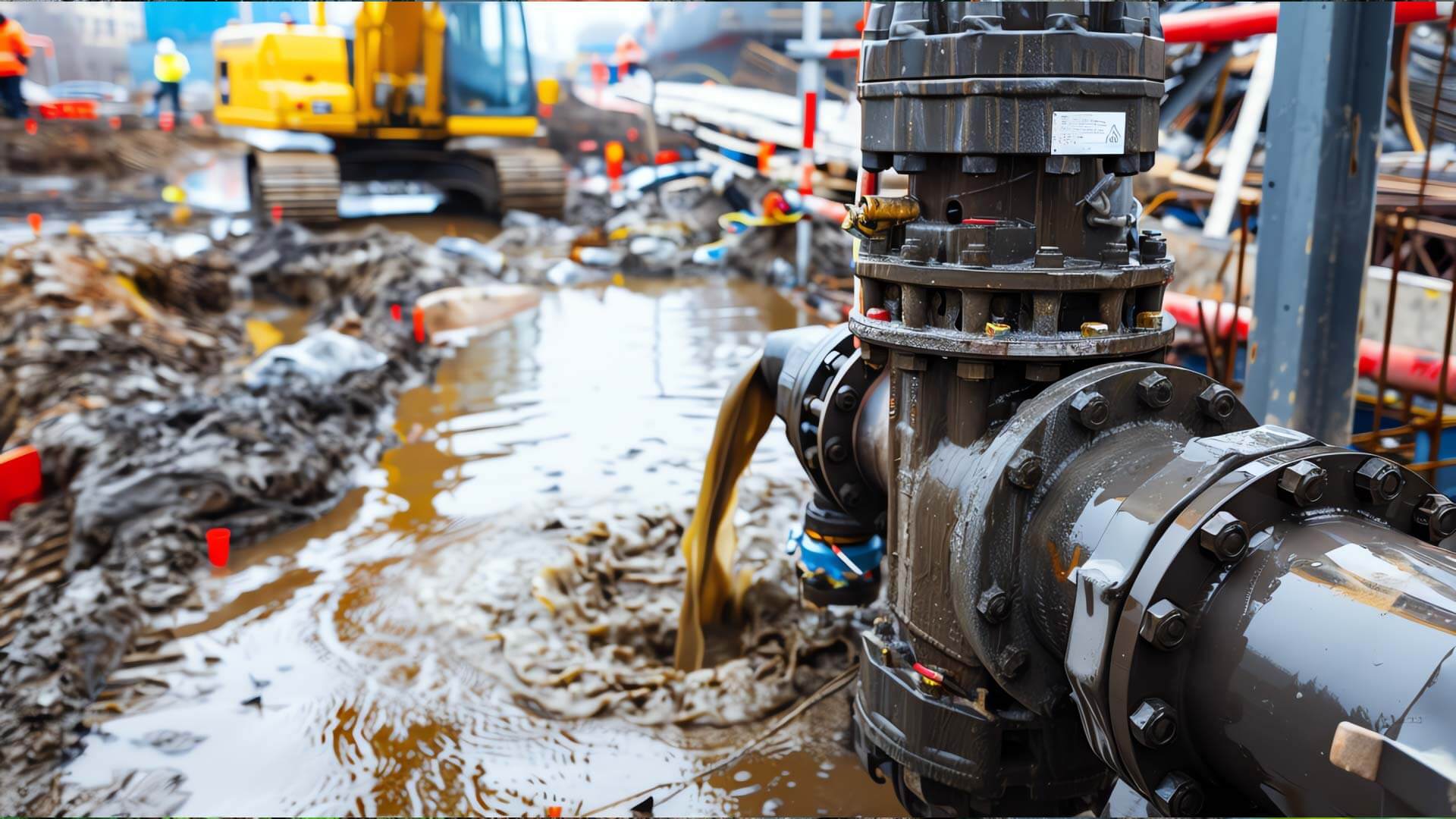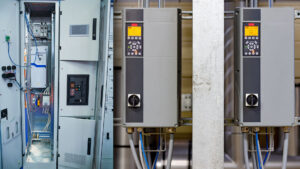Excess water can cause a range of problems, from structural damage to hazardous work environments. Whether it’s a flooded basement, a waterlogged construction site, or routine pool maintenance, water removal pumps play an essential role in managing water quickly and effectively. With a variety of water removal pump types on the market, it’s important to select the best pump to remove water based on specific needs and conditions. This guide reviews top water removal pump options and key considerations for choosing pumps that provide efficient, reliable drainage solutions. Effective water removal pumps can address challenges across many settings, providing both emergency solutions and routine management capabilities.
Why Water Removal Pumps are Essential for Efficient Water Management
Water removal pumps offer critical benefits in both emergency and routine scenarios. These pumps provide fast and reliable drainage that saves time, protects infrastructure, and maintains safe environments. In cases like flooded basements, using pumps for water removal can prevent mold growth and structural issues. On construction sites, water removal pumps keep the ground dry, which is essential for safety and stability. Additionally, in areas prone to heavy rainfall or flooding, having a dependable pump on hand helps mitigate water damage quickly and effectively. The flexibility of water removal pumps makes them suitable for a variety of water challenges, from clean water to debris-filled floods.
Beyond emergency situations, water removal pumps are also valuable for everyday tasks such as pool maintenance or clearing standing water from gardens. By reducing water buildup and preventing hazards, these pumps provide a proactive solution to a variety of water management challenges. Choosing the best pump to remove water ensures you’re prepared for both routine needs and unexpected situations. Reliable water removal pumps offer peace of mind in both residential and commercial settings, where water management is essential for maintaining safe, functional environments.
Top Water Removal Pump Types
Choosing the right water removal pump types is essential for effective drainage. Here are the most common pump options, each with unique strengths for different applications:
- Submersible Pumps
Submersible pumps are designed to operate fully underwater, making them ideal for high-volume water removal tasks. These pumps can handle large quantities of water efficiently and are commonly used in flooded areas like basements or deep pools. Because they remain cool even when submerged, submersible pumps can operate for extended periods without overheating, making them one of the most reliable pumps for water removal in challenging situations. If you need a powerful pump to remove water from deep spaces, submersible pumps are an excellent choice. - Centrifugal Pumps
Centrifugal pumps work by using a rotating impeller to create centrifugal force, which draws water into the pump and pushes it out through the discharge pipe. This design makes centrifugal pumps highly efficient for moving water over short distances, such as in shallow flood situations or when transferring water from one area to another. Centrifugal water removal pumps are valued for their speed and continuous flow, ideal for scenarios where rapid drainage is required. They are especially effective when there is minimal debris in the water, as centrifugal pumps perform best with clean water. - Trash Pumps
Trash pumps are built to handle water mixed with debris, making them ideal for construction sites or flood scenarios where the water contains mud, sand, or small rocks. These pumps are rugged and capable of moving larger particles that could clog other water removal pump types. When it comes to clearing murky or debris-filled water, trash pumps offer a reliable solution and are often used for removing water from ditches, trenches, and construction areas. For heavy-duty applications, trash pumps provide a durable and effective pump to remove water in tough conditions. Trash pumps are an invaluable addition to the range of water removal pumps available for commercial and outdoor uses. - Utility Pumps
Utility pumps are versatile, general-purpose pumps that are commonly used for residential or light commercial applications. These water removal pumps are lightweight and portable, making them easy to transport and set up for small-scale water removal tasks. Utility pumps are popular for clearing standing water from areas like patios, small pools, or gardens. While they aren’t designed to handle heavy debris, utility pumps are an accessible and efficient choice for routine water management, especially when dealing with clean or lightly contaminated water.

Key Features to Consider When Choosing a Pump to Remove Water
Selecting the right water removal pump types involves considering several key features:
- Flow Rate and Capacity
The flow rate of a pump determines how quickly it can move water. Selecting a pump with an adequate flow rate is essential for efficient drainage, particularly in larger areas or deep water situations. High-capacity water removal pumps are ideal for scenarios where large volumes of water need to be removed quickly. By choosing the right flow rate, you ensure the pump will meet the demands of the task at hand. - Head Pressure Requirements
Head pressure refers to the height over which a pump can move water. High-head pumps are necessary for tasks where water needs to be transported vertically, such as from a basement to ground level, while low-head pumps are effective for horizontal or shallow drainage tasks. Knowing the head pressure requirements helps you select the best pump to remove water for your specific drainage needs. - Portability and Power Source
Portability is important if the pump will be used in multiple locations. Some pumps for water removal are designed to be lightweight and easy to transport, while others are stationary. Additionally, water removal pumps come in different power options, such as electric, gas, and battery-powered. Electric pumps are typically quieter and ideal for indoor use, while gas-powered pumps provide greater flexibility in remote areas without power access. Choosing a portable or stationary pump based on your needs ensures you have the best equipment for your drainage tasks. - Debris-Handling Capability
If the water contains debris, it’s essential to select a pump that can handle it. Trash pumps, for instance, are specifically built for water mixed with mud, sand, or other particles. Other water removal pump types may clog if used with debris-filled water, which could reduce efficiency and cause damage. Choosing a pump that matches the water quality will improve performance and extend the life of the pump.
Best Applications for Water Removal Pumps
Water removal pumps are invaluable in various applications. Here are some common scenarios where these pumps provide efficient and effective drainage:
- Flooded Basements or Crawl Spaces
When basements flood due to heavy rain or plumbing issues, water removal pumps prevent structural damage and mold growth. Submersible pumps are particularly effective in these situations due to their capacity for handling high water volumes. - Draining Construction Sites
Construction sites often require pumps for water removal to keep areas dry and prevent erosion. Trash pumps are a popular choice here, as they can handle the muddy, debris-filled water typically found on these sites. - Pool and Pond Maintenance
Routine maintenance of pools and ponds often requires draining the water. Utility pumps are a convenient option for these tasks, as they are portable, easy to use, and effective for handling clean water. - Emergency Water Removal in Flood Situations
In natural disasters or flooding events, having a reliable pump to remove water is critical for minimizing water damage. High-capacity pumps, such as gas-powered or submersible pumps, are often used to provide rapid and effective drainage in emergency situations.
Conclusion
Choosing the best water removal pump is essential for ensuring quick and efficient drainage in various situations. By understanding the unique benefits of different water removal pump types and considering features like flow rate, head pressure, and debris-handling capability, you can select the ideal pump to remove water for your needs. From flooded basements to construction sites, water removal pumps are valuable tools for keeping environments safe and dry. By investing in the right pump, you can tackle water management challenges confidently and ensure reliable drainage solutions for any scenario. The versatility and efficiency of water removal pumps make them an indispensable asset in both residential and commercial settings.





